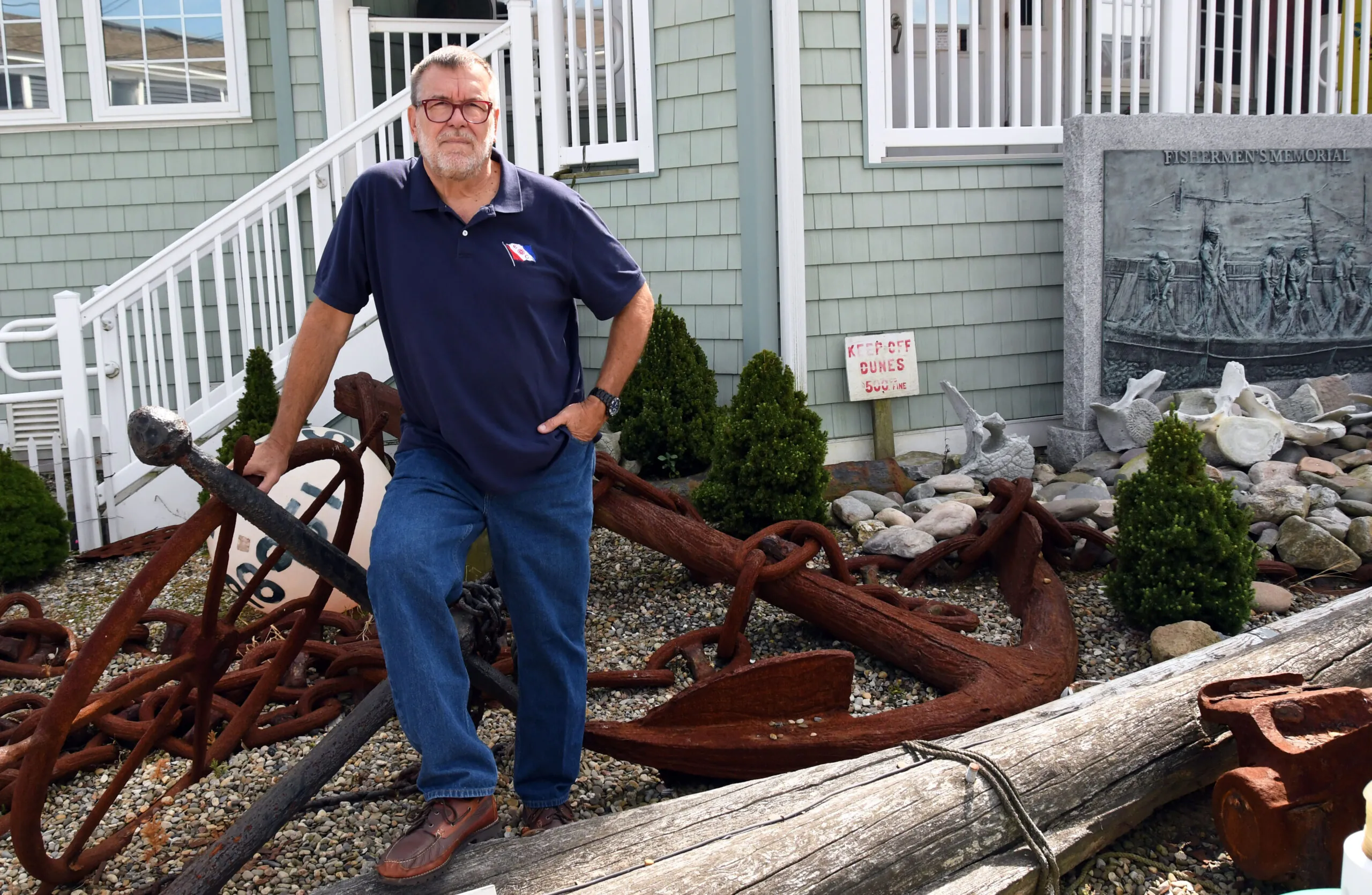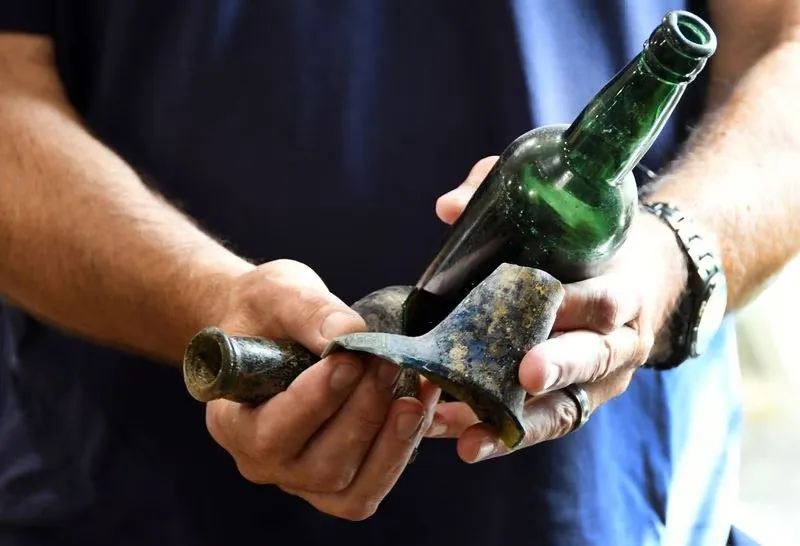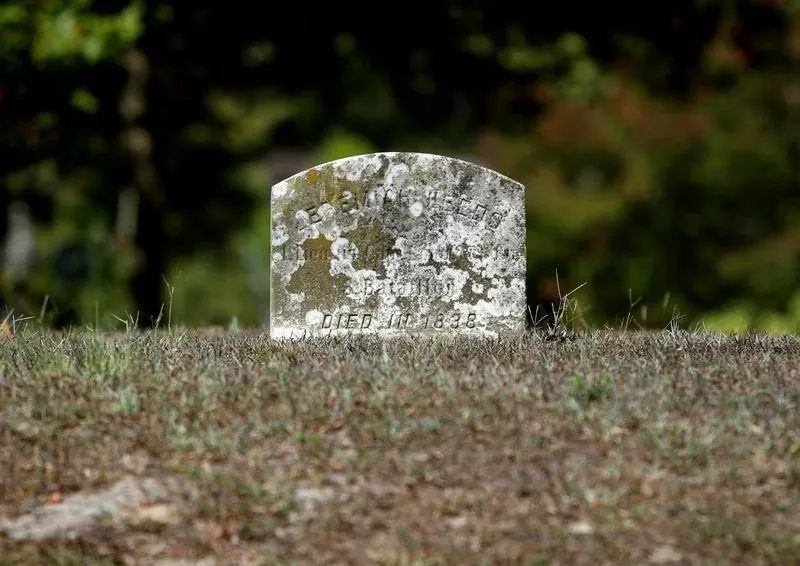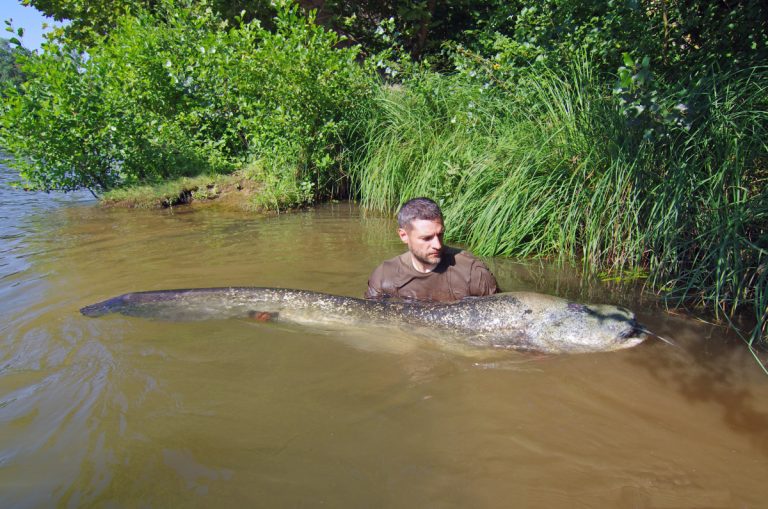Hidden beneath a seemingly ordinary Garden State Parkway bridge, lies a fascinating piece of history. The remains of a significant battle that took place in October 1778, marking one of the earliest attacks launched by the British in South Jersey via the water during the Revolutionary War.
Local researchers, scuba divers, and students from Stockton University have discovered four shipwrecks in the river where a historic battle was fought 245 years ago this Friday. These remains offer a glimpse into the past and the events that took place during the battle.
For nearly ten years, Steve Nagiewicz has been engaged in a battle against time, decay, and tidal currents. His mission is to document and protect the artifacts and history of the Atlantic County river, specifically related to the Battle of Chestnut Neck, a lesser-known event that occurred in the area.
In 2015, Nagiewicz, who is an adjunct professor of marine science at Stockton University, started teaching a course on underwater archaeology and collaborated with students to gather and analyze data required to reconstruct the sunken ships from the battle.
According to Nagiewicz, who is also a trustee with the New Jersey Maritime Museum, although the history is still preserved, the shipwrecks in the river are deteriorating.
According to him, their aim is to record the ships’ details to ensure that visitors who come to witness the battle can have a clear understanding of what the ships looked like before they vanish.
Divers have made some exciting discoveries in the Mullica River, located about 10 miles from Atlantic City. Researchers have found four schooners, estimated to be centuries old, at depths ranging from 14 to 40 feet underwater. The divers have also been able to retrieve a variety of artifacts, including beads, glass bottles, and bricks, from the decaying vessels. These findings provide a fascinating glimpse into the maritime history of the area and offer a unique opportunity to learn more about the ships and their crews.
According to historical records, the relics can be traced back to an event that occurred on October 6, 1778. At that time, two British fleets arrived in South Jersey with the aim of attacking privateers who were operating out of a port in Little Egg Harbor. This event took place during the fight for American independence.
According to Nagiewicz, the Battle in question is one of the lesser-known historical events. The British fleet consisted of 10 ships and 400 marines, and their objective was to destroy a town and privateering harbor that had been causing trouble for British shipping during the early stages of the Revolutionary War.
According to Nagiewicz, privateers were essentially pirates who were authorized by the government. They would obtain letters of marque, which were essentially permissions from local governments to capture British ships. These ships would then be sold at auctions to support the Continental Army of George Washington.
According to Norman Goos, a historian with the Atlantic County Historical Society, Chestnut Neck was known as the biggest privateering port between Boston and Charleston during that time.
Goos explained that despite its unassuming appearance, a small hole in the wall caused significant damage to the British supply chain. This incident also led to a tripling of insurance costs for shipping within the British Empire. The British were forced to turn to Chestnut Neck in an attempt to salvage their supply routes.
According to Goos, while the Continental Army was defeated in the battle, the port showed its resilience as it was fully operational again just a month after the British left the area on October 15, 1778.
In Port Republic, visitors can see a monument that stands tall at 50 feet, built way back in 1911. This structure serves as a reminder of the Battle of Chestnut Neck and its significance to the area. You can visit this monument by heading to the site and paying your respects to those who fought in this historic battle. Learn more about the Battle of Chestnut Neck and its impact on the history of Port Republic by visiting the monument and exploring the park surrounding it.
In the last forty years, four shipwrecks from the significant battle have been discovered by researchers. These include the Bead, the Cramer, the Phoel, and the recently found Mullica.
According to Nagiewicz, it has been estimated that there are around 4,000 shipwrecks spread out along the New Jersey coast. Out of all of them, the oldest ones are the Revolutionary War schooners that were discovered in the Mullica River, as well as others that were found in Crosswicks Creek located in Burlington County.
According to Nagiewicz, all that is left of the sailing ships are their old bones at the bottom of the ocean. Despite this, these wrecks hold great historical significance due to their age and the role they played during their time.
During the mid-1980s, a team of New Jersey-based divers discovered the Bead and the Cramer shipwrecks. The Bead, as it was named, was found with a plethora of glass trading beads, which historians believe were used for trading with Native Americans. The discovery sheds light on the trading practices of the time and provides valuable insights into the history of the region.
In 2008, a shipwreck was discovered by researchers and was named Phoel in honor of William Phoel, a Stockton researcher who passed away during an expedition in the Amazon. Later in 2015, Nagiewicz continued Phoel’s work and, with the help of Stockton marine field station students, used sonar technology to locate and measure the wreckage.
The Phoel has been identified as the largest schooner found to date, measuring approximately one and a half times the length of a standard school bus.
At the age of 70, Nagiewicz has explored countless wrecks all over the globe through his numerous diving expeditions. He is also a part of an exclusive club of explorers, which boasts Amazon’s founder Jeff Bezos as its honorary chair.
According to one of the early divers who ventured into the Phoel, diving into the Mullica River feels like plunging into a cup of coffee due to its murky water. Despite this obstacle, he and his team were able to retrieve numerous glass fragments from ancient beer and water bottles around the bow of the ship. Additionally, they found bricks close to the stern, which were likely leftovers from the vessel’s oven or hearth.
At the New Jersey Maritime Museum, visitors can explore a fascinating collection of artifacts and information related to the historic Battle of Chestnut Neck. Located at the southern end of Long Beach Island, this museum offers a unique opportunity to learn about this important event in American history. Whether you’re a history buff or simply curious about the past, a visit to the New Jersey Maritime Museum is sure to be both educational and engaging.
In Nagiewicz’s classes, students get the unique opportunity to learn through hands-on experience at the New Jersey Historic Site, where they focus on mapping the shipwreck area and collecting environmental data every six months. This approach to learning not only provides valuable insights into the historical significance of the site but also encourages students to explore and understand the environment around them. By immersing themselves in this real-world setting, students can gain a deeper appreciation for the historical and ecological significance of the area and develop critical thinking skills that will serve them well in the future.
“He mentioned that they are constantly searching for new wrecks,” he shared. “According to reports, there were ten wrecks that were burned and sank during the battle in 1778. Currently, they have explored three of them and have just begun to study the fourth.”
Norman Goos, the historian of Atlantic County, has a special family connection to the Battle of Chestnut Neck.
As a member of the Sons of the American Revolution, a congressionally chartered organization founded in 1889 with the aim of preserving American history and promoting education for future generations, he takes pride in his ancestry. To qualify for membership in this prestigious organization, individuals have to provide documentation that proves their lineage to ancestors who either played a role in or supported the Revolutionary War. The South Jersey chapter of the Sons of the American Revolution is where he is affiliated.
At the age of 77, Goos was successful in tracing his lineage back to Jeremiah Leeds, the first permanent settler of Atlantic City, as reported by NJ.com. Leeds, who fought in the Revolutionary War as a member of the 3rd Battalion of the Gloucester County militia and took part in the defense of Chestnut Neck, was proven to be Goos’ ancestor.
In Northfield, inside the entrance of a residential neighborhood, there’s a traffic circle where Leeds’ grave is located. This spot is historically significant, and a marker has been erected at Atlantic and Michigan Avenues in Atlantic City to commemorate Leeds. Despite the odd location of the grave, it remains an important piece of Atlantic City’s history.
On the occasion of the 245th anniversary of the Chestnut Neck battle, historians urge people to take a moment to honor their ancestors and recognize the value of preserving their legacy. As Goos eloquently puts it, we have something worth safeguarding, and it is our duty to honor the sacrifices of those who came before us. Let us reflect on the past and learn from it to build a better future.
Goos pointed out that the individuals living in southern New Jersey were subjected to severe oppression under the British government system. Despite the odds stacked against them, they were willing to put their lives and fortunes on the line to fight against the world’s most powerful military force. As he noted, this was a daunting and seemingly impossible task, but they remained committed to their cause.
“They did it and emerged victorious,” he remarked.
Contact Nyah Marshall at Nmarshall@njadvancemedia.com for more information.





